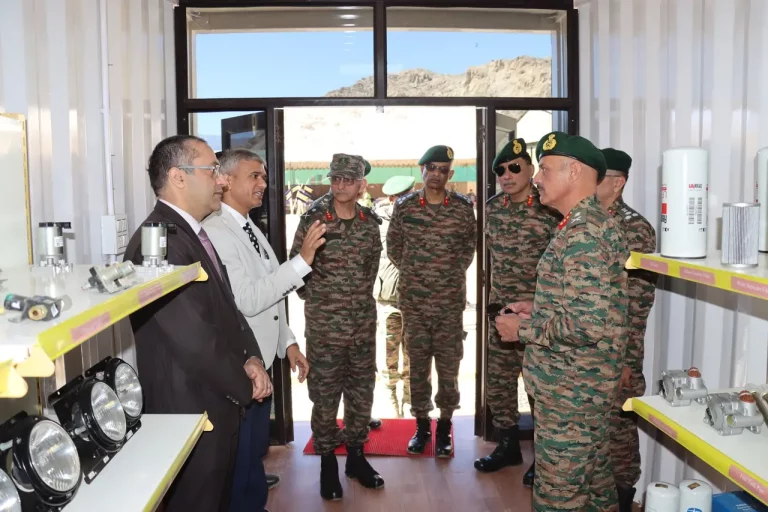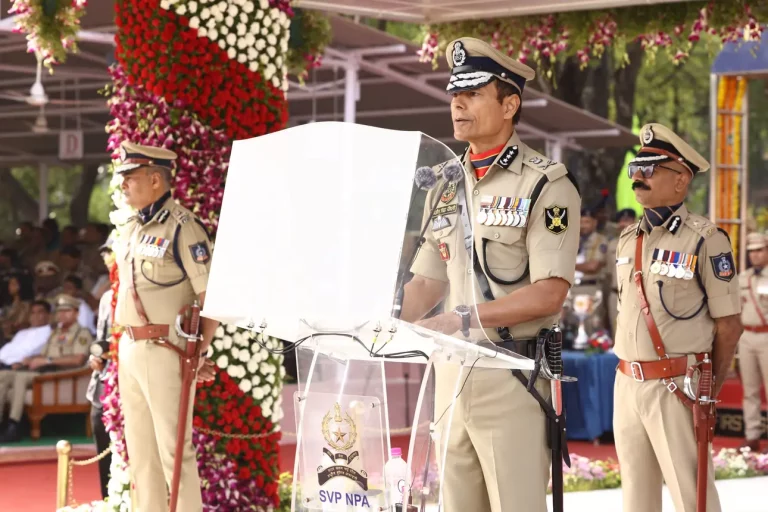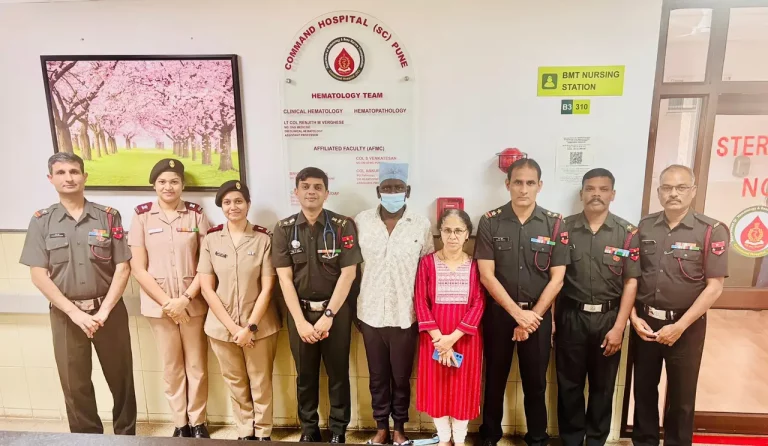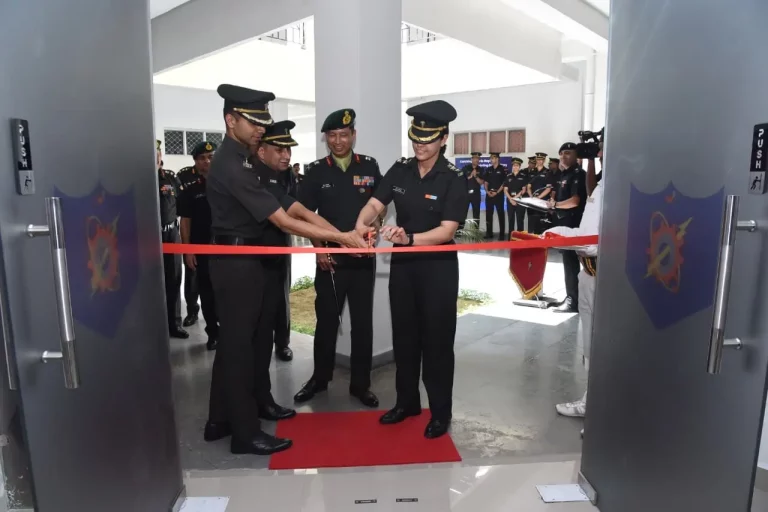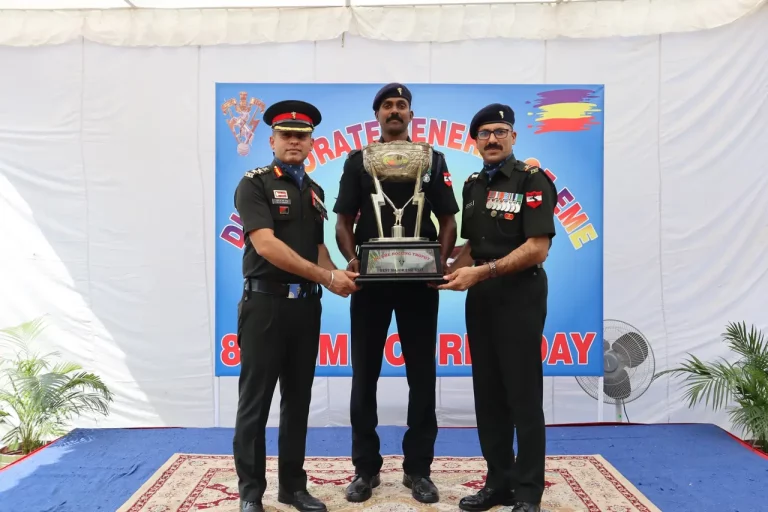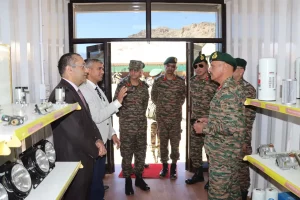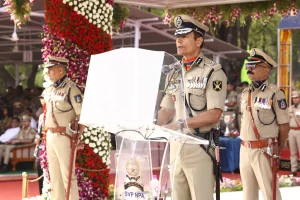The Ministry of Defence is nearing the finalization of a significant acquisition proposal valued between Rs 2,000 and Rs 3,000 crore for the INVAR anti-tank guided missiles. Specifically designed for deployment from India’s T-90 tanks, this deal is expected to enhance the Indian Army’s offensive capabilities in today’s modern battlefield.
Sources within the ministry reveal that Defence Minister Rajnath Singh has the authority to approve defence contracts up to Rs 2,000 crore. However, any proposal exceeding this limit requires approval from the Cabinet Committee on Security (CCS), which is chaired by Prime Minister Narendra Modi. If the deal receives the necessary green light, it will mark a substantial upgrade to the Indian Army’s mechanized warfare capabilities.
The INVAR missile system is recognized for its precision and tandem warhead, specifically designed to operate with T-90 main battle tanks, which are a crucial component of India’s armored corps. The missile’s ability to defeat explosive reactive armor and engage targets effectively at greater distances will provide Indian tank regiments with a distinct operational advantage.
In a concurrent initiative focused on bolstering domestic defence production, the Ministry of Defence has also approved the execution framework for the Advanced Medium Combat Aircraft (AMCA) program. This initiative aims to develop India’s next-generation stealth fighter jet. The Aeronautical Development Agency (ADA), part of the Defence Research and Development Organisation (DRDO), will spearhead this program in collaboration with both public and private Indian defence companies.
The AMCA is envisioned as a medium-weight, stealth-capable fighter jet tailored for deep-penetration and advanced air combat missions. The initial phase of development for this ambitious project is estimated to cost around Rs 15,000 crore. Under the new execution model, Indian companies can participate as independent entities, joint ventures, or consortia, promoting equitable opportunities within the domestic aerospace sector.
The CCS had provided in-principle approval for the AMCA initiative last year, signifying progress towards India’s aim of achieving self-sufficiency in critical defence technologies. This development follows the successful rollout of the Light Combat Aircraft (LCA) Tejas.
These dual advancements in missile technology and aerospace underscore the government’s commitment to modernizing India’s military while simultaneously fostering indigenous capabilities in high-tech defence production.



